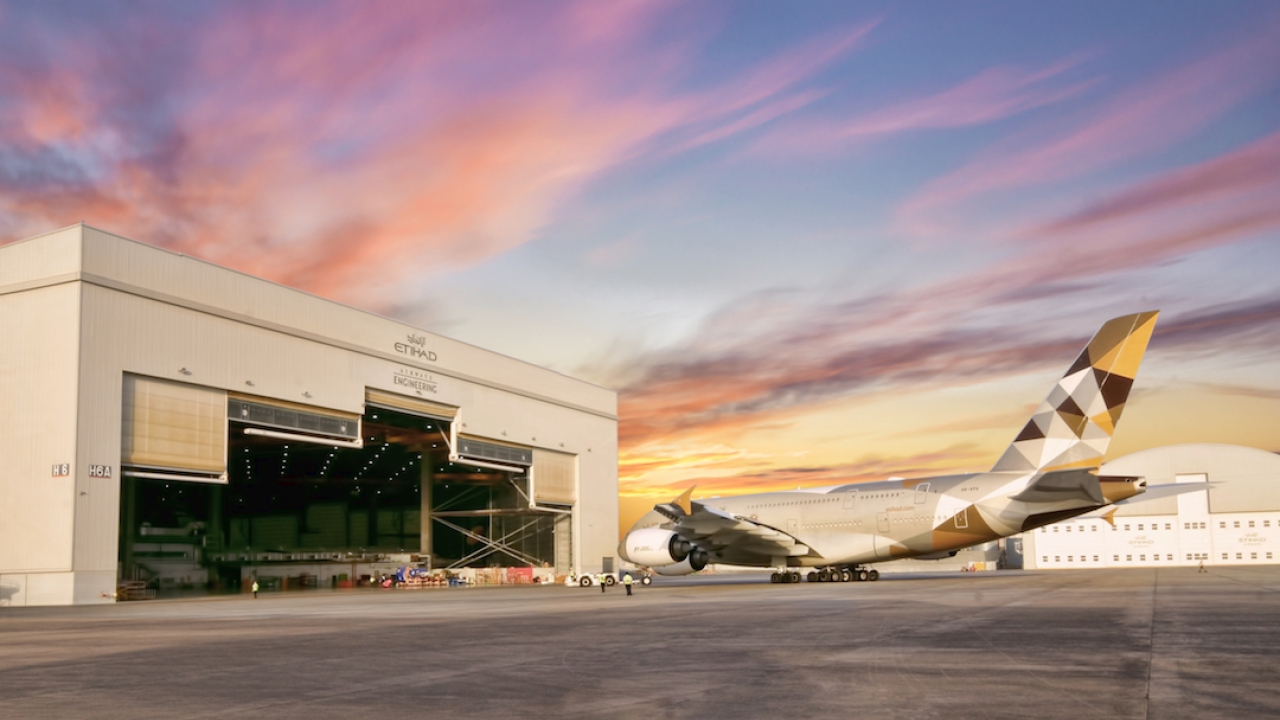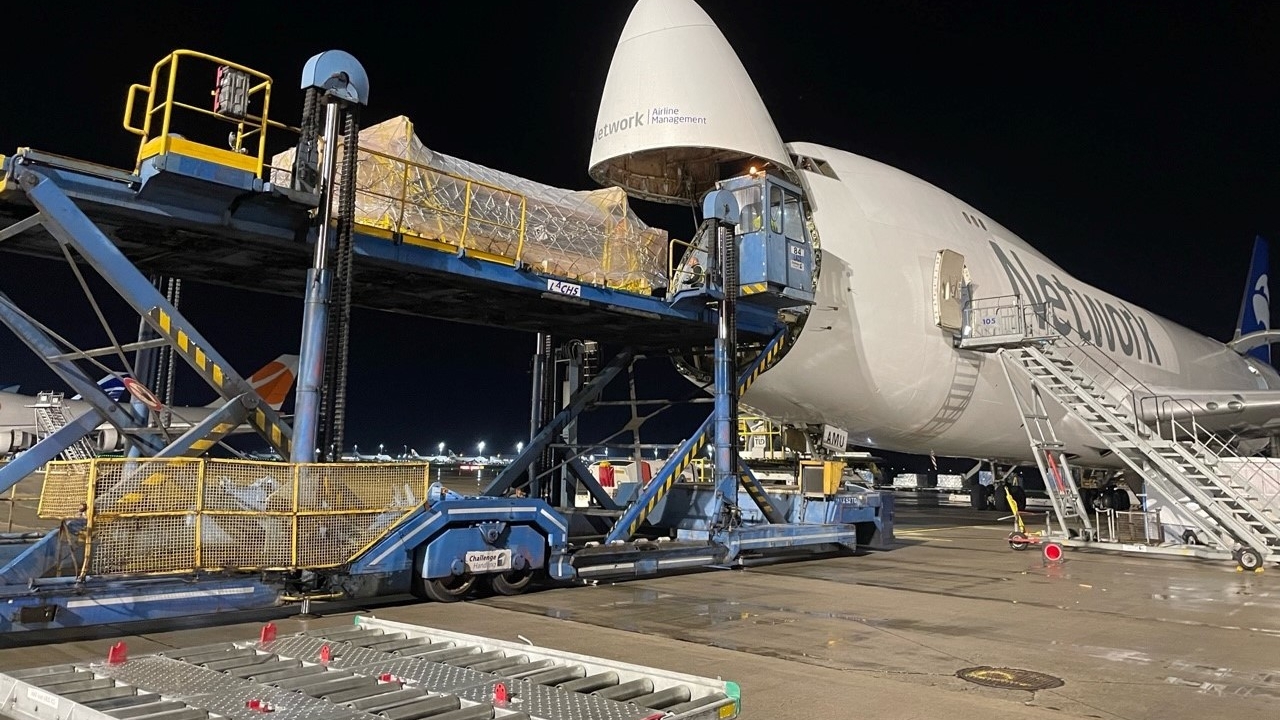Etihad re-opens the door for the Superjumbo
After largely disappearing from the skies during the pandemic, the Airbus A380 is making a comeback.

Some of Etihad’s Airbus A380s are enjoying a return to service following an extensive maintenance check. Picture: Etihad
The Airbus A380 is an aircraft that arouses mixed emotions. Passengers love it for its sensation of internal space and for its almost unnatural quietness in the cabin. But for many airlines and their accounts departments, its four engines make it unacceptably expensive.
During the pandemic, most airlines grounded their A380s in their attempts to cut expenses. Many made it clear the aircraft would not return to service, post-pandemic.
Air France, China Southern, Thai Airways and Malaysia Airways have either stopped flying the aircraft completely, or plan to do so.
However others, such as Lufthansa and British Airways, have brought their A380 fleets partly or wholly back into service as they cope with the unexpectedly strong and sustained demand for flights.
In 2021, Etihad Airways’ then-Group CEO Tony Douglas said that the airline had decided to park its 10 A380s “and it’s entirely likely we will not be utilising them going forward because of the operational costs associated with them.”
Etihad did not completely close the door on bringing back the European double-deck aircraft, but said that several factors, such as passenger demand, fuel prices and ticket yields, would have to align before it did so.
“The A380 is an incredible product and something that all of us would love to return from a travelling perspective, but the economics need to make sense,” said a spokesman last year.
Remarkably, that moment has arrived. Etihad is returning four of its A380s to service as the carrier seeks to expand its route network.
Etihad Engineering is carrying out a heavy maintenance C-check on the aircraft, which have been in long-term ground storage since the start of the pandemic.
The four aircraft are initially being utilised on the busy Abu Dhabi-London Heathrow route.
Restoring the aircraft to service included rear spar modifications, frame modifications, plus removal, inspection and installation of all engines in Etihad Engineering’s Abu Dhabi workshops.The four aircraft are only six to seven years old – young by airline standards. Those remaining in storage are eight to nine years old. Etihad told Arabian Aerospace there is still no decision on whether the remaining six A380s will fly again.
Further up the Gulf, Qatar Airways has also brought its A380s back into service – but only reluctantly.Group CEO Albar Al Baker has described buying the A380 as the airline’s worst mistake because of their operational costs. However, a long-running dispute with Airbus over surface degradation issues on its fleet of Airbus A350s led to the more economical twinjets being grounded.Desperate for capacity to fill the gap left by the grounding, the company brought eight of its 10 A380s back on-line.
However, Al Baker has made it clear that this will be a short reprieve, with the aircraft again being phased out over the next couple of years as the problems with the A350s are ironed out and they return to service. Of course, the one airline never to give up on the A380 is Emirates, which bought around half of the entire 252-aircraft production run.
Although most were mothballed during the pandemic, Emirates has been bringing them back into service as quickly as they can be brought out of storage and given the necessary technical checks. Indeed, many are being given an interior upgrade, an indication of the importance the Dubai-based airline places on the aircraft with which it has become synonymous. Sixty-seven of its 116 A380s will receive the refurbishment, with the most visible improvement being the installation of a premium economy cabin.
Emirates believes that the A380s still have an important role to play in its operations, especially when operating into slot-constrained airports such as London Heathrow, where the 500-seater can deliver as many passengers as two smaller aircraft. It intends keeping them in service well into the 2030s.
Stay up to date
Subscribe to the free Times Aerospace newsletter and receive the latest content every week. We'll never share your email address.


